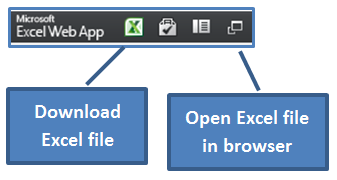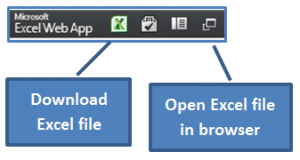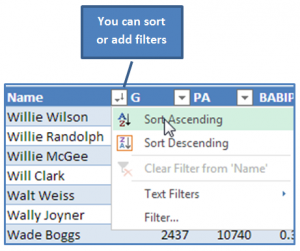Listening
I’ve done more listening than reading lately, and have recently discovered the Baseball Prospectus “Towers of Power Fantasy Hour” with Jason Collette and Paul Sporer. While the name sounds a bit goofy, it really is an all-business podcast. I have long been listening to ESPN’s Fantasy Focus Baseball podcast, and while I find Matthew Berry and Nate Ravitz entertaining, I find Collette and Sporer more insightful. The weekly episodes are lengthy (average about two hours), but are packed with “smart” content. Another bonus is that they have been releasing new podcasts all off-season. So there is a lot of good listening available.
Collette writes for Baseball Prospectus and Rotowire. You may be familiar with Sporer’s annual “Starting Pitching Guide“.
I really liked episode 29(iTunes, other). The guys were joined by Todd Zola of Mastersball.com and talked about draft strategy, player valuation, and developing your own dollar values.
Reading
I’m dabbling with the idea of creating my own projections, and would at least like to improve my understanding of how others develop their projections. Mastersball gives an overview of their process here.
I’m also perusing the Sporting News Fantasy Source Baseball 2013 magazine. Yes, I know. Using a static magazine that was written in December is not necessarily “smart”. But the values in the magazine are used as the player salaries in my favorite league.
What did you listen to or read this week? Do tell.


